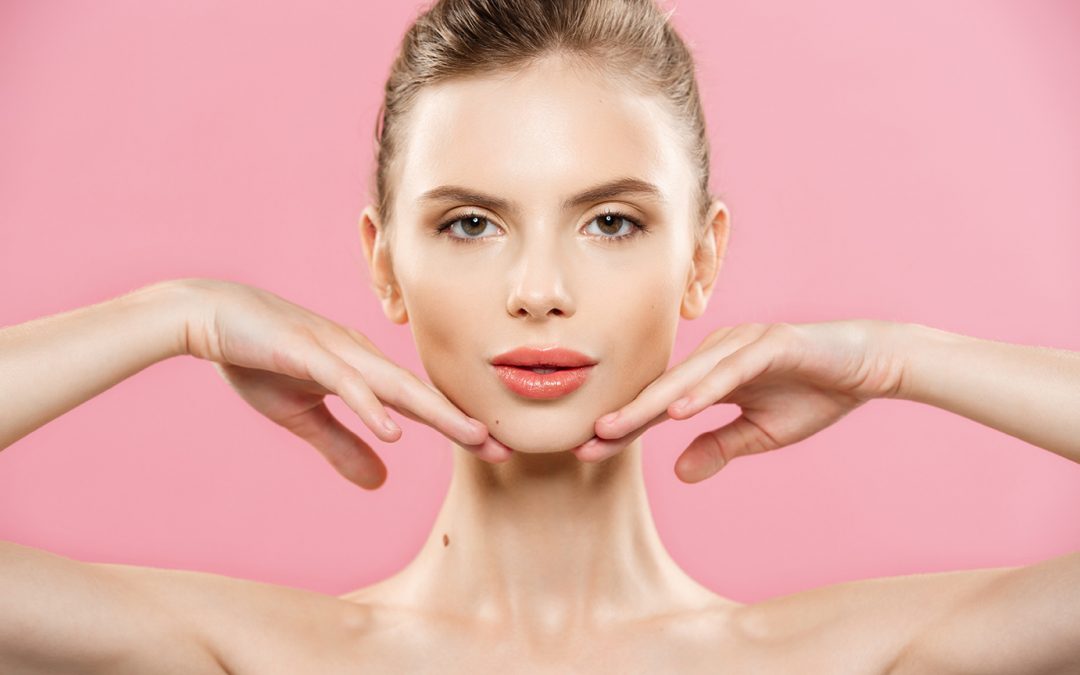Learn more about this common disease
What is rosacea?
Rosacea is a common skin condition that mainly affects the face, especially the cheeks, nose, and chin. It is characterized by inflammation of the skin, resulting in redness. Although the severity of symptoms varies, in most cases it is a long-term skin condition. Rosacea is more common in women, but more severe in men. It occurs more often in people over 30 years of age and in people with fair skin.
It is difficult to treat, but there are ways to relieve symptoms.
What are the symptoms?
Blushing – one of the main symptoms, this is when your skin involuntarily turns red due to dilation of blood vessels, usually in the face. It can last for several minutes and happens frequently.
Persistent redness – usually on the cheeks, nose and chin. It can look similar to a sunburn that doesn't go away or resemble the spots that appear from drinking too much alcohol.
Red bumps – may resemble acne and may be painful to the touch.
Small visible blood vessels – the veins become dilated, making them visible under the skin. This is known as telangiectasia.
Eye problems – this can include red and painful eyes and eyelids, as well as dryness, irritation and sensitivity to light.
Other symptoms associated with rosacea include sensitive skin (such as burning and itching), dry skin, and facial swelling.
What are the causes of rosacea?
Although the exact cause is unknown, the following are thought to contribute to the disease:
Disorders of blood vessels in the face - they spread easily and cause redness and blushing of the face.
Skin peptides – these natural molecules in the skin are activated by external factors, and their increased levels can cause dilation, redness, and inflammation.
Microscopic mites – known as demodex folliculorum, these mites live harmlessly on the skin. People with rosacea may have more of them on their skin, resulting in a reaction.
Genetics - Rosacea appears to be genetically transmitted, although there is no clear genetic link and no scientific research has been done to prove this.
There are several things that can trigger or cause rosacea to appear, including:
- sun exposure
- stress
- hard exercise
- alcohol and caffeine
- certain foods, such as dairy products or spicy foods
- hot or cold weather
- certain ingredients in cosmetic products
Is rosacea different from acne?
Although some of the symptoms may seem similar to acne, they are different conditions and are treated in different ways. Some people with rosacea will develop pimples and pimples, especially papules and pustules, but will not develop blackheads or cystic skin changes. People who suffer from rosacea will not have any scarring on their skin, unlike some who have acne.
How to treat rosacea?
Although there is currently no cure, there are a number of treatment options that can help reduce or control the inflammatory symptoms of rosacea. The length of treatment depends on the severity and nature of your symptoms.
Medicines
There are some medications that your doctor may prescribe to help treat the symptoms of rosacea.
Topical gels and creams containing antibiotics are often effective treatments. They are applied once or twice a day, and it may take several weeks to see improvement. Oral antibiotics may also be prescribed to control rosacea symptoms because they can help reduce inflammation. This treatment usually lasts between four and six weeks.
If your rosacea does not improve, your GP may refer you to a dermatologist.
Self-help
There are also some self-care measures you can take to help relieve your symptoms. One of the most effective measures is to avoid common triggers that are known to cause flare-ups of rosacea symptoms. While this is not always practical or possible, making lifestyle changes can help you keep your condition under control.
It is helpful to keep a written diary to try to identify triggers for your symptoms, noting whether your symptoms worsen during certain activities or after eating certain foods. For example, spicy foods, alcohol and dairy products can trigger rosacea symptoms in some people. Keep in mind that not everyone is affected by the same things, so it may take some time to figure out what exactly triggers your symptoms.
In addition to avoiding potential triggers, it's important to take care of your skin. Using sunscreen is highly recommended, even when it's cloudy or overcast outside. Choose one with an SPF of 30 or higher and one that protects against both UVA and UVB rays. Try to limit your time in the sun during warmer months and cover up as much of your skin as you can. When it comes to cleansing your skin, make sure you use products that are suitable for sensitive skin – avoid anything that contains alcohol or fragrance. Instead, opt for something that is described as mild, hypoallergenic, and non-comedogenic (won't clog pores).
Moisturize every day. Whether rosacea makes your skin dry or oily, it's important to moisturize. Moisturizing helps hydrate your skin by trapping water in your skin. This can reduce irritation and make your skin feel more comfortable.
Studies show that applying a moisturizer or barrier repair cream can also improve results.
Choose skin care products that are rosacea-friendly. When you have rosacea, many skin care products and cosmetics can irritate your skin. While gentle cleansing, moisturizing, and sun protection can help reduce this sensitivity, you also want to choose your skin care products and makeup carefully.

